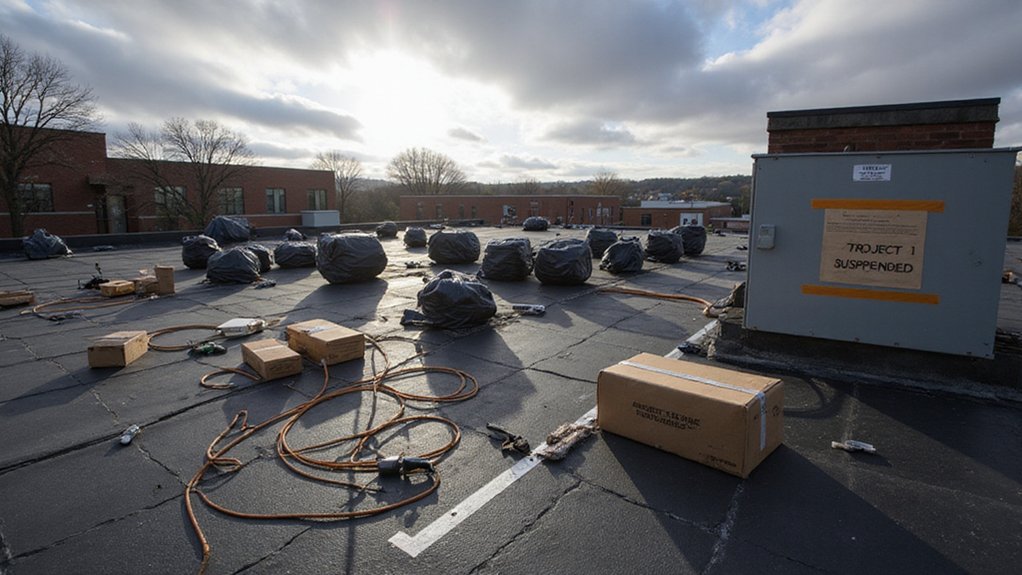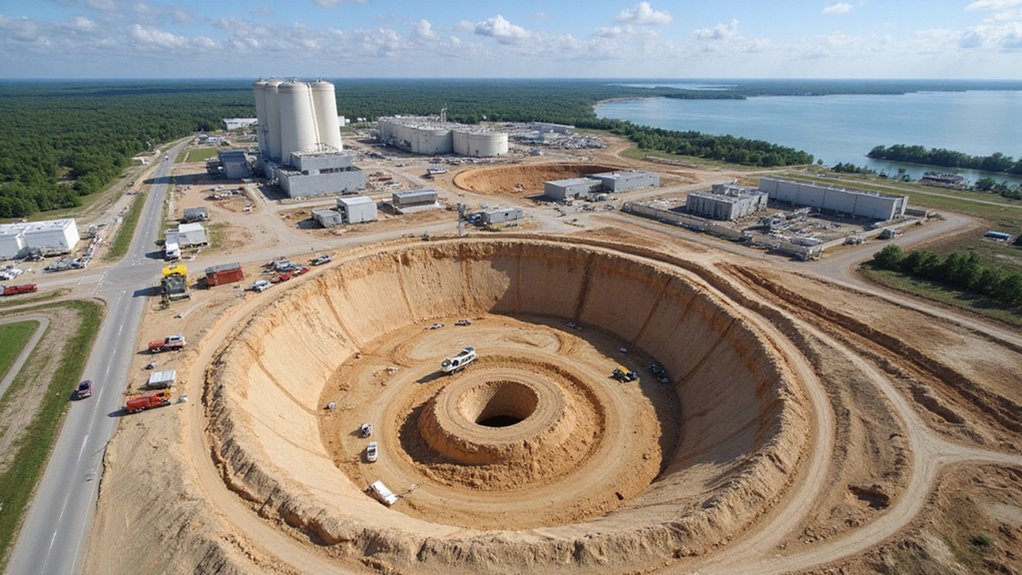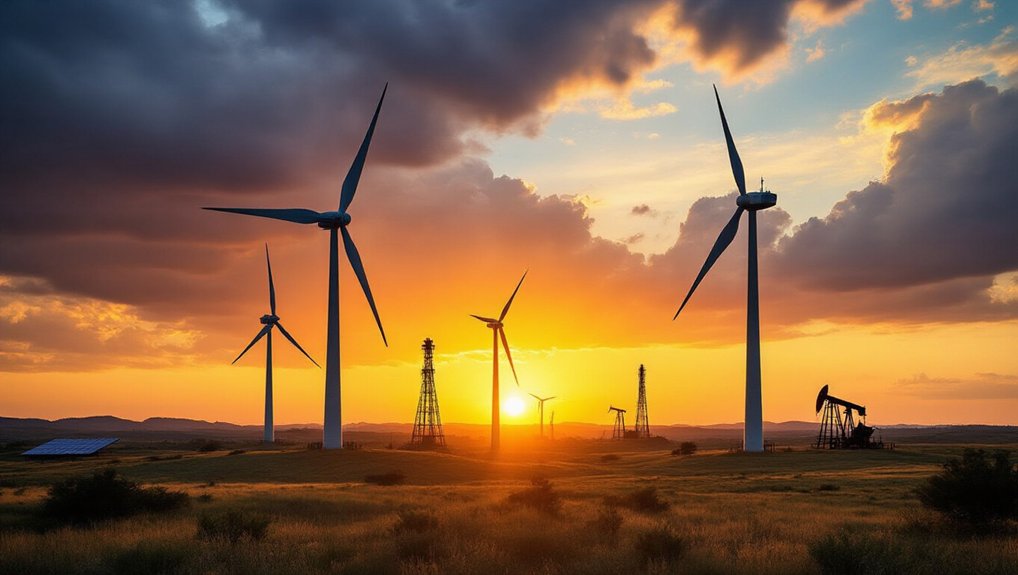Pennsylvania schools face tough choices as solar grant money runs short. The state’s “Solar for Schools” program received four times more applications than it can fund. Many schools must now delay or cancel projects that would have cut energy costs. The funding shortage isn’t just hurting school budgets—it’s also blocking new jobs and infrastructure improvements. While schools wait for federal dollars, the competition for limited resources grows more intense.
Millions of dollars in federal solar funding remain frozen as Pennsylvania lawmakers continue to delay necessary approvals for the state to access “Solar for All” grants. House Bill 362, which would allow the Pennsylvania Energy Development Authority to use $156 million in federal funds, sits in legislative limbo. This delay stems from a requirement in the previous state budget that created a procedural bottleneck.
Pennsylvania’s solar future hangs in limbo as legislative roadblocks prevent access to millions in federal “Solar for All” funding.
The stalled funding particularly impacts schools across the state. School districts are competing intensely for the limited solar grants currently available. The Solar for Schools program received four times more applications than its funding capacity during its inaugural year, demonstrating the overwhelming demand from educational institutions. With tight budgets and rising energy costs, many schools view solar installations as a way to reduce expenses while meeting sustainability goals. Without access to the federal funding, many schools have been forced to delay or cancel their planned solar projects.
Pennsylvania is eligible for funds that could benefit over 12,000 homes, with a focus on low-income households. The state is among 49 awarded federal solar grants through the Inflation Reduction Act, but it can’t access the money until lawmakers take action.
While other states move forward with their solar initiatives, Pennsylvania continues to lag behind. The economic impact of the delay extends beyond schools. Job creation in solar installation and manufacturing sectors remains unrealized. Communities miss out on infrastructure modernization and cost savings that solar energy would provide. This is particularly concerning as Pennsylvania residents already pay approximately 18 cents per kWh, higher than the national average for electricity. Schools could benefit from transitioning to alternatives like geothermal energy systems, which offer consistent power generation regardless of weather conditions.
Currently, Pennsylvanians must rely on a patchwork of competitive grant programs. The PA Sunshine Program offers rebates up to $5,000 for residential systems, while local programs like the Philadelphia Solar Rebate provide additional incentives. However, these programs have limited funds and high demand.
Solar advocates and community groups are growing frustrated as partisan disagreements in Harrisburg prolong the inaction. The delay especially hurts low-income communities that were designated as primary recipients of the grants. Without a streamlined statewide approach, the confusion and competition for limited resources continues to hinder widespread solar adoption throughout Pennsylvania.
References
- https://pennsylvania.statesolar.org
- https://capitalandmain.com/solar-grants-held-hostage-in-pennsylvania-legislature-as-demand-soars
- https://dced.pa.gov/programs/solar-energy-program-sep/
- https://ethicalenergysolar.com/blog/pennsylvania-solar-panel-incentives/
- https://www.alleghenyfront.org/pennsylvania-access-low-income-solar-for-all-funds/









